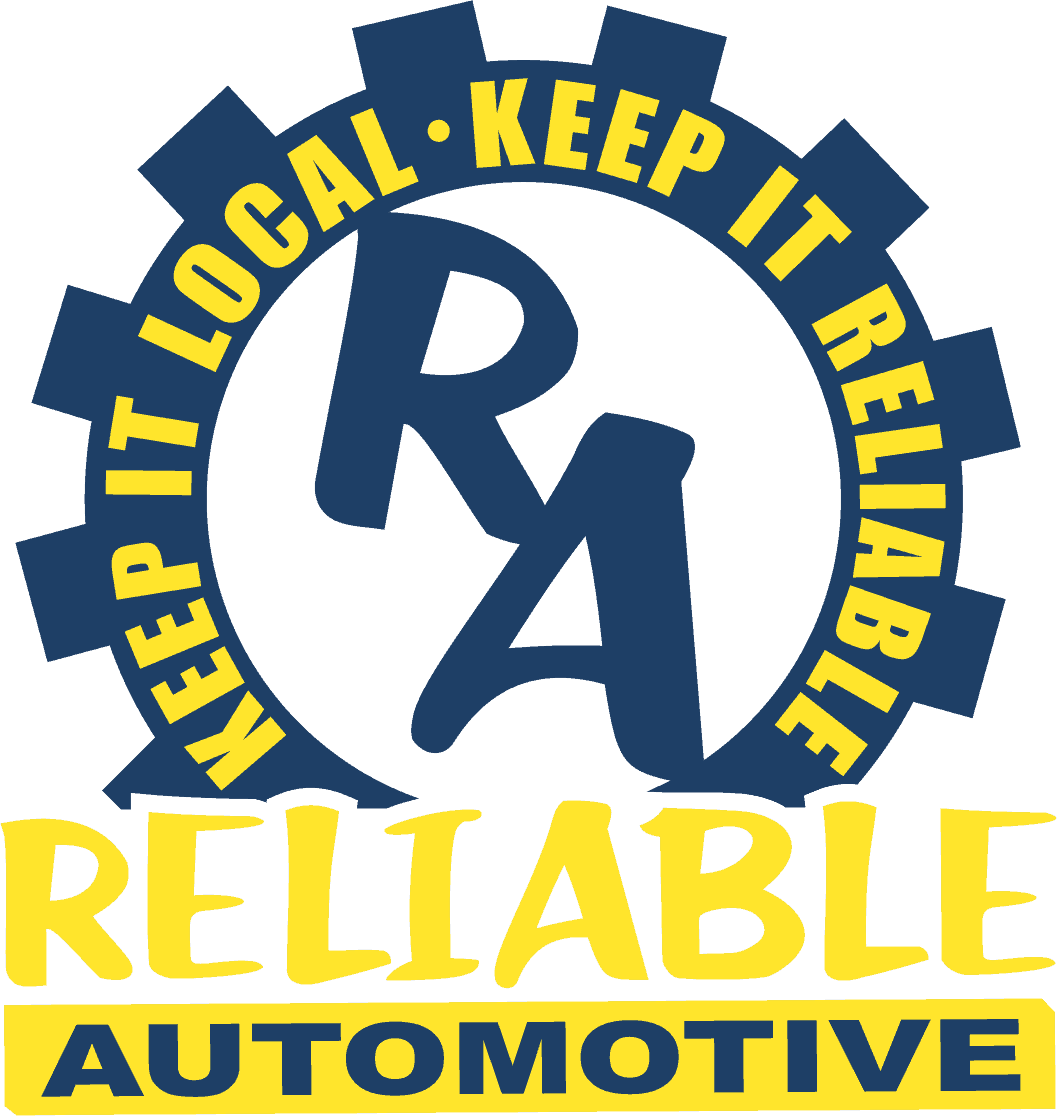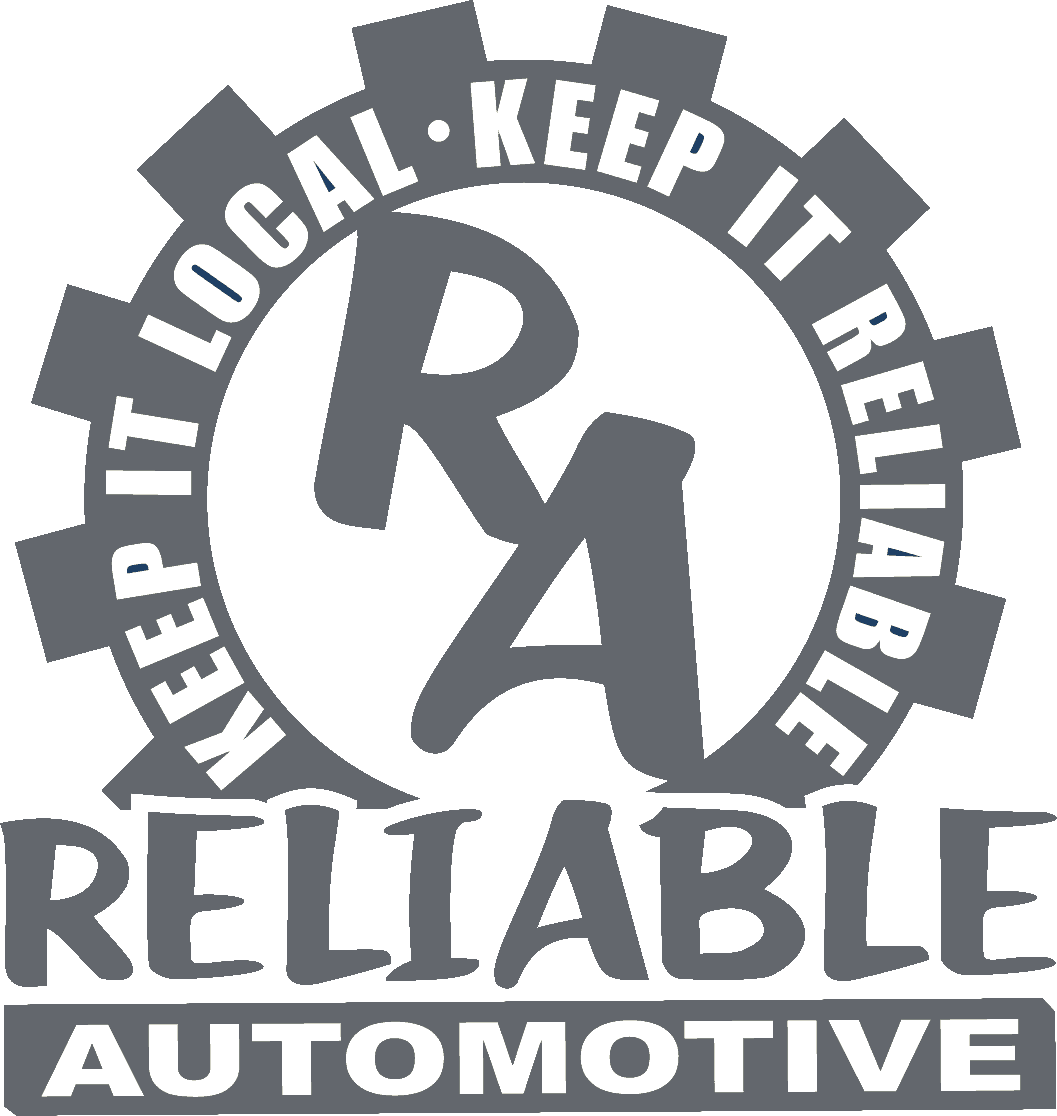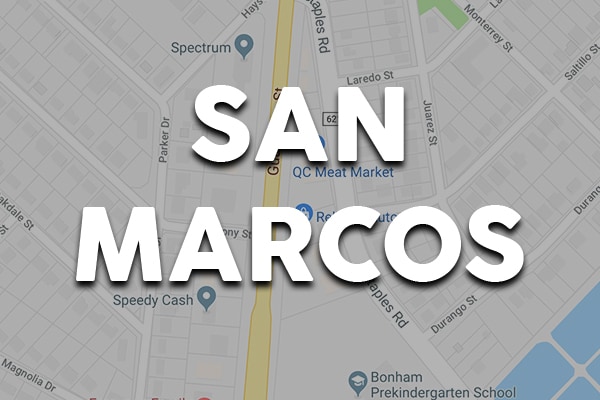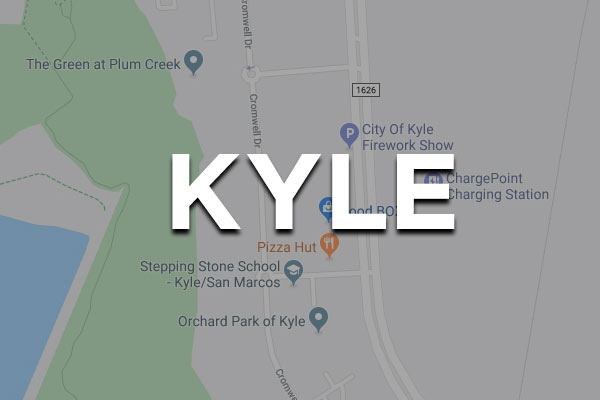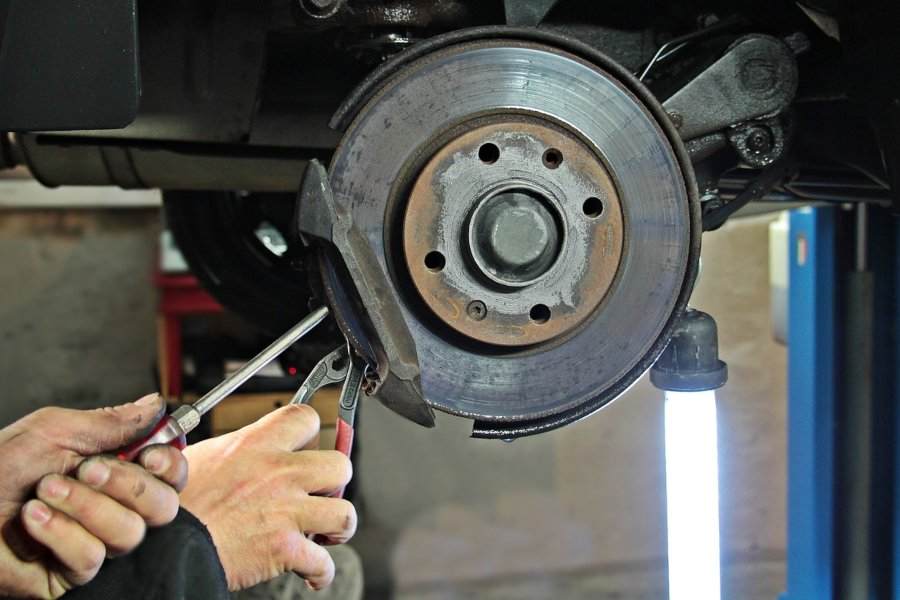
Find the best brake repair in San Marcos, TX
If you’re a driver in the San Marcos, Texas, area, you need a vehicle that can stop reliably. While it might sound obvious, it’s crucial to have fully functional brakes when driving in San Marcos and out of the area. There are a number of parts that handle this functionality, such as your brakes and rotors—which are collectively known as the “braking system.” When you notice red flags like squealing, grinding, or vibration, it’s time to schedule a brake service for your car.
Whenever you need a brake check in San Marcos, it’s in your best interest to choose Reliable Automotive for the job. We are proud of being the most trusted chain of brake shops in this part of Texas. Our team of local San Marcos workers is ready to take care of your brake repairs, and we’ll give you the courteous service you’re looking for. We also provide a wide range of brake services, including:
- Brake friction/hydraulic system inspection
- Brake rotor/drum resurfacing or turning
- Lubrication of brake caliper and hardware
- Replacement of brake pads
- Wheel bearing inspection and repacking (if applicable)
- Brake fluid flush/replacement
Choose the area’s most qualified technicians
The high-quality service offered by Reliable Automotive starts with our highly skilled technicians. All of our technicians are ASE-certified, meaning they have the experience and knowledge needed to fix your brakes and rotors—regardless of your car’s make and model.
The technicians working for Reliable Automotive also use top-quality equipment and parts while repairing brakes. After diagnosing your brake problems, they can install original equipment manufacturer (OEM) or aftermarket auto parts to restore your braking system.
Why get a regular brake inspection?
No matter how good your braking system is, it will eventually wear out. It’s hard to say how long your brakes will last without attention since that varies based on factors like your driving habits and braking system equipment. The takeaway is that you can’t wholly avoid brake wear—but you can deal with it.
The easiest way to avoid consequences from worn-out brakes is to set up a regular brake check at a qualified auto shop. For most drivers, it’s good to have this service done every 6,000 miles or six months (unless you spot signs of brake trouble before either milestone). If you live in or near our San Marcos auto shop, ask Reliable Automotive’s technicians for a brake check when it’s time for your next oil change. No matter when you need a brake check, you’ll get this service for free!
Know when your brakes are in trouble
Even if you’re diligent about inspecting your vehicle’s brakes, you could still run into difficulties. San Marcos-area drivers should look for:
- Leakage of yellow brake fluid
- Car heading toward one side while braking
- Extra distance needed to brake
- Little to no brake pedal resistance while braking
- Brake pedal vibrations while braking
- Abnormal squealing, grinding, or thumping noises
If you spot any of these brake warning signs, bring your car to Reliable Automotive to get a brake check.
Braking 101
In order to ensure you’re taking proper care of your vehicle, it’s wise to read up on how brakes work. The earliest braking systems weren’t too complicated, but that has undoubtedly changed over time. While the exact functionality of your braking system will vary across different vehicles, the majority of braking systems utilize disc brakes in the front and disc or drum brakes in the rear. Some of the most essential components in your braking system include:
Hydraulics
Master cylinder
The master cylinder in your car functions as a pressure converter. When you start the braking process, this cylinder takes the pressure from your foot and changes it into hydraulic pressure. Then, that hydraulic pressure sends brake fluid into the braking components in your wheels.
Brake lines and hoses
Your car’s brake lines and hoses push pressurized brake fluid toward braking units in the wheels.
Wheel cylinders and brake calipers
Vehicles with disc brake systems use brake calipers to squeeze brake pads onto the rotor. Drum brake systems rely on wheel cylinders (that is, two cylinders above the brake shoe that are surrounded by rubber-sealed pistons) to exert force on the brake shoes when pressure is applied. The brake shoes are pressed into the drum, which slows or fully stops your car.
Friction materials
Brake pads and shoes
For cars with disc brake systems, the pistons squeeze the brake pads against the disc to brake. On the other hand, vehicles with drum brakes in the rear (most of which are older cars) use brake shoes to generate stopping friction.
How these components work
Once you apply pressure to your car’s brake pedal, it activates the master cylinder’s plunger, which sends brake fluid through the lines and hoses. Since brake fluid cannot be compressed, it travels through the brake lines without losing pressure or motion in the process.
When air gets into the brake fluid, you’ll be able to notice a difference in how your brakes perform. The reason: Unlike brake fluid, air can be compressed. As a result, you’ll feel a “spongy” feeling while braking. Fortunately, getting rid of unwanted air is as easy as removing the bleeder screws at each of your wheel cylinders.
Schedule brake service today
If you’re looking for brake repair in San Marcos, Texas, choose Reliable Automotive for the job! To easily schedule an appointment, complete our online form. Prior to your appointment, take a moment to review our current brake specials!
